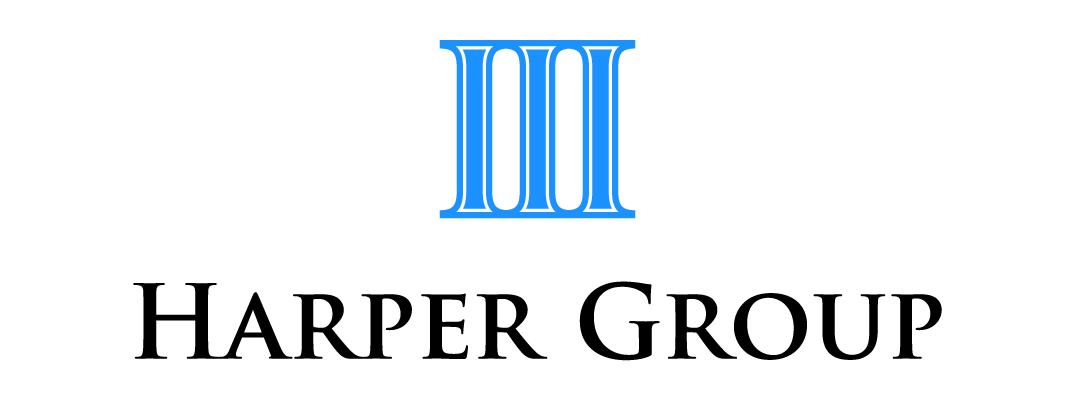Temporary Full Expensing (TFE)…get in quick!
This could be the final opportunity for your business to take advantage of Temporary Full Expensing (TFE)…but get in before 1 July!
To recap, TFE encourages and supports businesses by allowing an immediate deduction for the business portion of the cost of a depreciating asset. There is no cost threshold – the whole cost of the asset can be written off in the relevant year. However, cars can only be depreciated up to the car limit which is currently $64,741. The car limit does not, however, apply to vehicles fitted out for use by people with a disability. For background, a ‘car’ is defined as a motor vehicle designed to carry a load of less than one tone and fewer than nine passengers (excluding motorcycles and similar). Therefore, for those vehicles, the car limit has no application, and full depreciation is available.
Benefits
The principal benefit of TFE is cashflow. TFE enables businesses to bring forward their depreciation claims, and therefore their deductions upfront, into a single year rather than having them spread out over multiple future years. Ultimately, this assists cashflow which itself is one of the main challenges faced by businesses.
Eligibility
The vast majority of businesses including sole traders will be eligible for TFE as their aggregated, annual turnover will be less than $5 billion. Until 30 June 2023, under TFE, businesses can claim both new and second-hand depreciating assets where those assets are used or installed ready for use for a taxable purpose. From a timing standpoint, this means you will not be eligible for TFE in this financial year if you merely order or pay for an eligible asset before 1 July, 2023 – rather, the asset must be used or installed ready for use in your business before this date.
Ineligible assets
Most business assets are eligible including machinery, tools, furniture, business equipment etc. There are however some ineligible assets as follows:
buildings and other capital works for which a deduction can be claimed under the capital works provisions in division 43 of the Income Tax Assessment Act (ITAA) (1997)
trading stock
CGT assets
assets not used or located in Australia
where a balancing adjustment event occurs to the asset in the year of purchase (e.g. the asset is sold, lost or destroyed)
assets not used for the principal purpose of carrying on a business
assets that sit within a low-value pool or software development pool, and
certain primary production assets under the primary production depreciation rules (including facilities used to conserve or convey water, fencing assets, fodder storage assets, and horticultural plants (including grapevines)).
Business plan
Because under TFE you cannot claim any extra depreciation deductions than under the standard depreciation rules, you should stick to your business plan and only continue to buy assets that align with that plan and that you were contemplating buying anyway…and then enjoy the cashflow benefits of TFE.
If you have any questions about TFE – especially around asset eligibility and timing leading up to 30 June – reach out to us.
Harper Group Pty Ltd – Chartered Accountants Frankston - Ph 9770 1547
Disclaimer: All information provided in this article is of a general nature only and is not personal financial or investment advice. Also, changes in legislation may occur frequently. We recommend that our formal advice be obtained before acting on the basis of this information.
Please note we at Harper Group Pty Ltd are not licensed to provide financial product advice under the Corporations Act 2001 (Cth) and taxation is only one of the matters that must be considered when making a decision on a financial product, including on whether to make superannuation contributions. You should consider taking advice from the holder of an Australian financial services licence before making a decision on a financial product.
